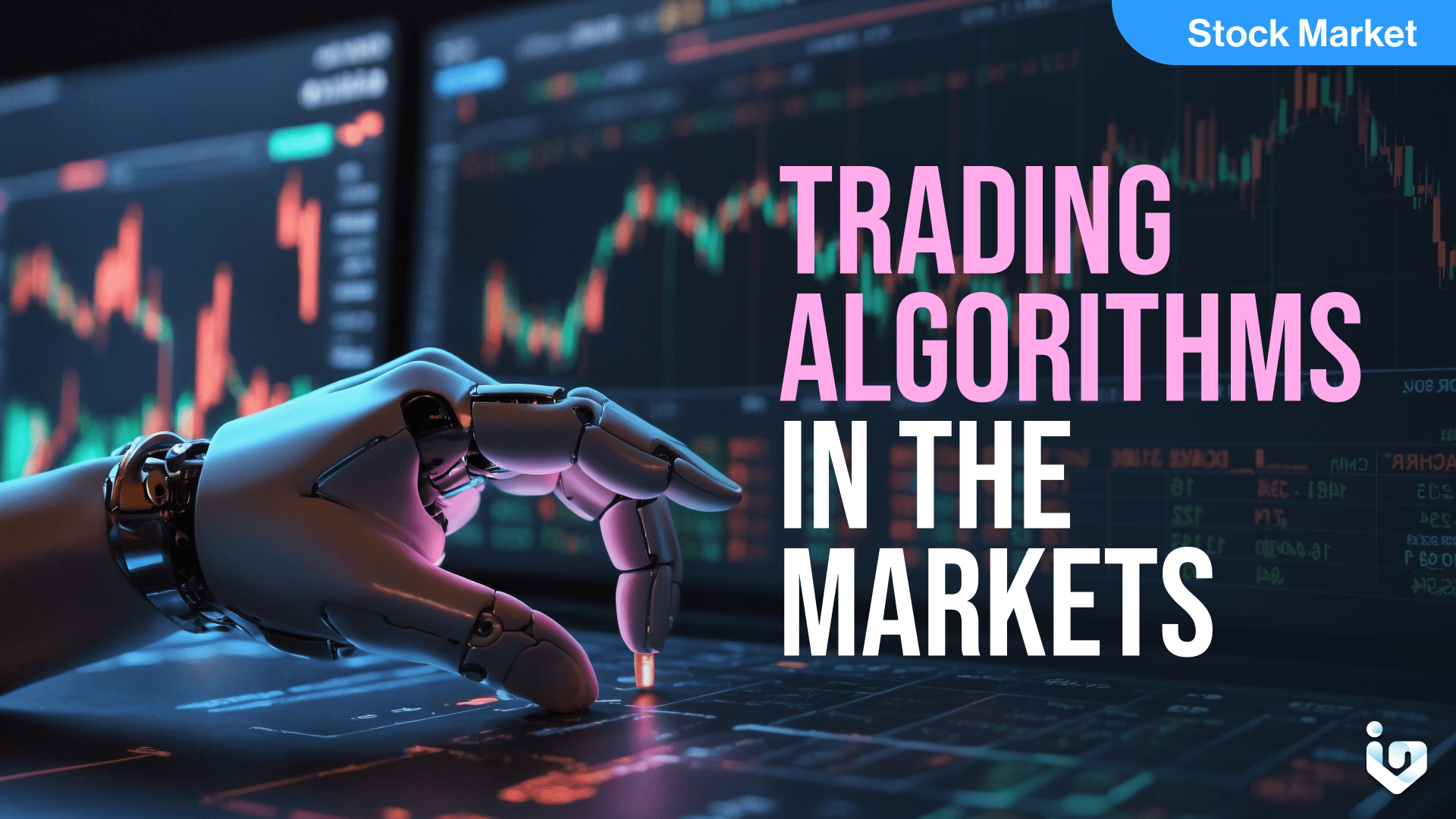Trading algorithms have transformed the financial markets. They use complex mathematical models to make trading decisions. These algorithms can process vast amounts of data quickly. This speed and efficiency give them a significant edge over human traders.
The Basics of Trading Algorithms
Trading algorithms, or algos, are automated systems. They execute trades based on predefined criteria. These criteria can include price, volume, and timing. Algorithms can also consider more complex factors like market sentiment and economic indicators.
The primary goal of trading algorithms is to maximize profits. They do this by identifying and exploiting market inefficiencies. Algorithms can execute trades at speeds and frequencies impossible for humans. This capability allows them to capitalize on fleeting opportunities.
Types of Trading Algorithms
There are several types of trading algorithms. Each type serves a different purpose. Some of the most common types include:
- Market-Making Algorithms: These algorithms provide liquidity to the market. They do this by continuously quoting buy and sell prices. Market-making algorithms profit from the bid-ask spread.
- Arbitrage Algorithms: These algorithms exploit price differences between markets. They buy an asset in one market and sell it in another. The goal is to profit from the price discrepancy.
- Trend-Following Algorithms: These algorithms identify and follow market trends. They buy assets in an uptrend and sell them in a downtrend. The goal is to profit from sustained price movements.
- Mean Reversion Algorithms: These algorithms assume that prices will revert to their mean. They buy assets when prices are low and sell them when prices are high. The goal is to profit from price corrections.
The Role of Data in Trading Algorithms
Data is the lifeblood of trading algorithms. Algorithms rely on vast amounts of data to make informed decisions. This data can include historical prices, trading volumes, and economic indicators. Algorithms also use real-time data to adjust their strategies on the fly.
The quality of data is crucial. Poor-quality data can lead to inaccurate predictions and losses. Therefore, data integrity and accuracy are paramount. Many firms invest heavily in data acquisition and management.
The Technology Behind Trading Algorithms
Trading algorithms use advanced technologies. These include machine learning, artificial intelligence, and big data analytics. Machine learning algorithms can learn from past data. They can identify patterns and make predictions based on these patterns.
Artificial intelligence enhances the decision-making process. AI algorithms can analyze complex data sets and make decisions in real-time. Big data analytics allows algorithms to process and analyze vast amounts of data quickly.
The Impact of Trading Algorithms on Financial Markets
Trading algorithms have a profound impact on financial markets. They increase market liquidity and reduce transaction costs. Algorithms also contribute to market efficiency by quickly correcting price discrepancies.
However, trading algorithms can also introduce risks. High-frequency trading algorithms can cause market volatility. They can lead to flash crashes, where prices plummet rapidly. Regulators closely monitor algorithmic trading to mitigate these risks.
The Future of Trading Algorithms
The future of trading algorithms looks promising. Advances in technology will continue to enhance their capabilities. Machine learning and AI will make algorithms more sophisticated. They will be able to analyze more data and make better predictions.
Regulation will also play a crucial role. Regulators will need to balance innovation with market stability. They will need to ensure that algorithms do not pose systemic risks.
Conclusion
Trading algorithms have revolutionized financial markets. They offer speed, efficiency, and the ability to process vast amounts of data. Different types of algorithms serve various purposes, from market-making to arbitrage. Data quality and advanced technologies are crucial to their success. While they bring many benefits, they also introduce risks. The future of trading algorithms will depend on technological advances and regulatory oversight. Understanding trading algorithms is essential for anyone involved in financial markets. They are powerful tools that can significantly impact trading strategies and market dynamics.
